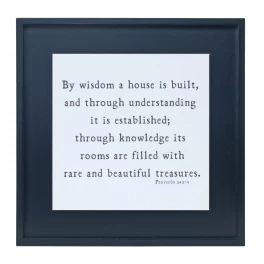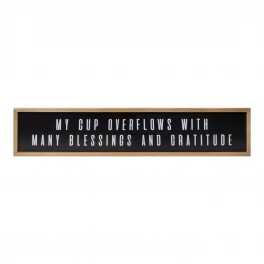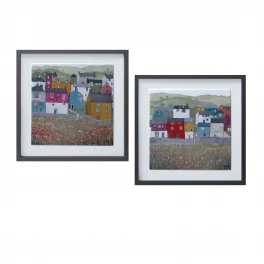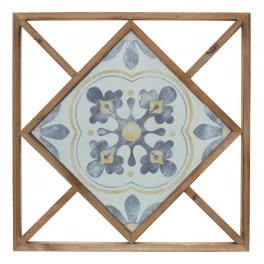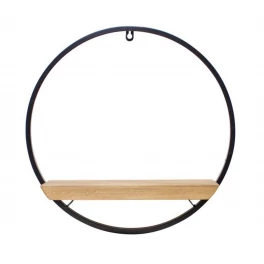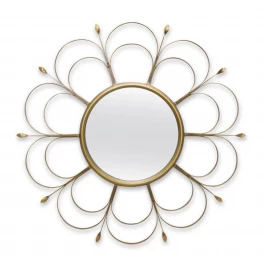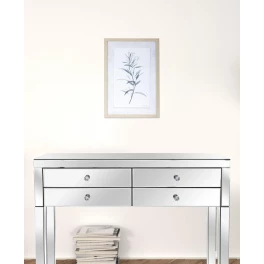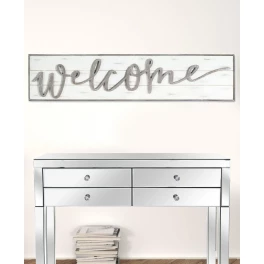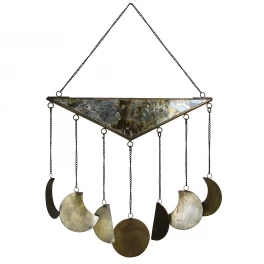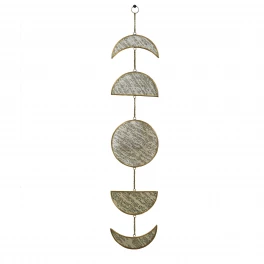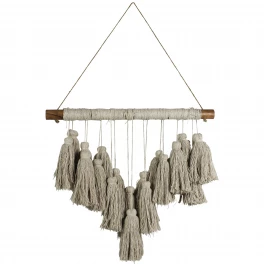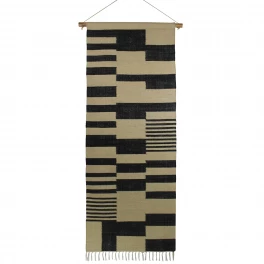Big bare walls often can be an interior design statement. But just as often, they can be a home décor wasteland. Unless your style is minimal and/or your walls are so texturally impactful that they are “art” on their own, your walls are going to be more wasteland than statement if you don’t have the right wall décor. When you’re facing a wasteland, it can be tempting to rush out and buy as many prints or photos as you can to fill your wall voids. If you can’t afford to do that, you might find yourself tacking up plates or other small hangings to stuff the emptiness. Unfortunately, when you do this, you can end up creating room clutter instead of room styling.

Photo by Lapina on Shutterstock
What’s the solution for filling large wall spaces without having to amass a roomful of art? Folding screens. Yep, folding screens. More commonly used as room dividers, folding screens have another trick up their sleeves. They can be wall art. Here are three interior design ideas for using folding screens as wall décor.
1. Corner It
If you’re looking for an easy way to add color and texture to an otherwise bland room, setting up a folding screen in one corner of the room is an effective way to do it. Because folding screens are, well, folding, they have a malleability to them that gives you quite a bit of creative freedom in how you use them.
You can, for example, set up the screen to follow the right angle of your room’s structure. Doing this gives the illusion of a more intimate room because it draws the eye to the screen instead of the taller wall behind it.

Photo by Africa Studio on Shutterstock
You can also fold the screen the other direction, putting one section of the screen at right angles to the wall and placing a folded edge in towards the room. This transforms the screen into both art and furniture, giving you a way to balance out a room that has another tall element that would have looked out of place on its own. Because the screen’s presence travels up the wall, it will take the place of any art you might have had to hang to get a similar effect.

Photo by Africa Studio on Shutterstock
2. Extend It
Instead of placing a folding screen in a corner, you can extend it along one wall of your room. When you do this, you’re essentially propping up a large art installation. This technique works best with a screen that has a bold color contrast to the majority of the room. If the screen is the same color as another piece of furniture or room accent, it will provide as much or more balance as artwork hung in the same location.

Photo by Africa Studio on Shutterstock
If you’re looking to make a dramatic statement when you design your room, use a screen with eight or more folds, and choose a screen with a pattern or a scene. Large, colorful screens like this are appropriate backdrops to simply furnished rooms.

Photo by wizdata on Shutterstock
3. Hang It Up
The most eye-popping way to use a folding screen as art is by actually hanging it on the wall. Compared to large art pieces, folding screens are a relatively inexpensive way to feature one oversized piece of wall décor. Also, in addition to whatever color they insert into the room, folding screens add depth and texture when you hang them in a way that accentuates their folding structure (instead of hanging them flat against the wall).

Photo by alexandre zveiger on Shutterstock
Have the above living room ideas and bedroom ideas given you a new way of looking at folding screens? Because folding screens come in many sizes and colors and most can be purchased for between $100 and $200, setting up a screen against your wall or hanging one on your wall can be a creative and affordable way to get a punch of character into your home décor.




